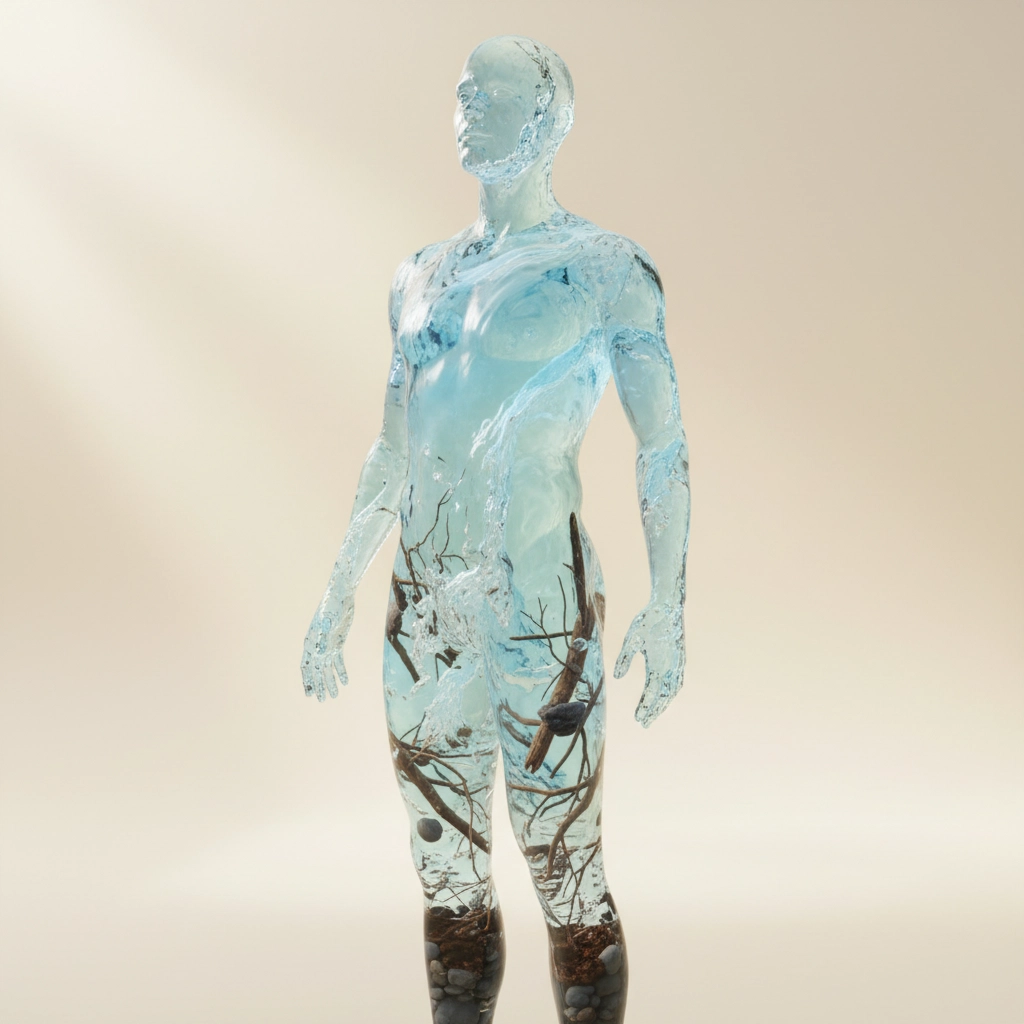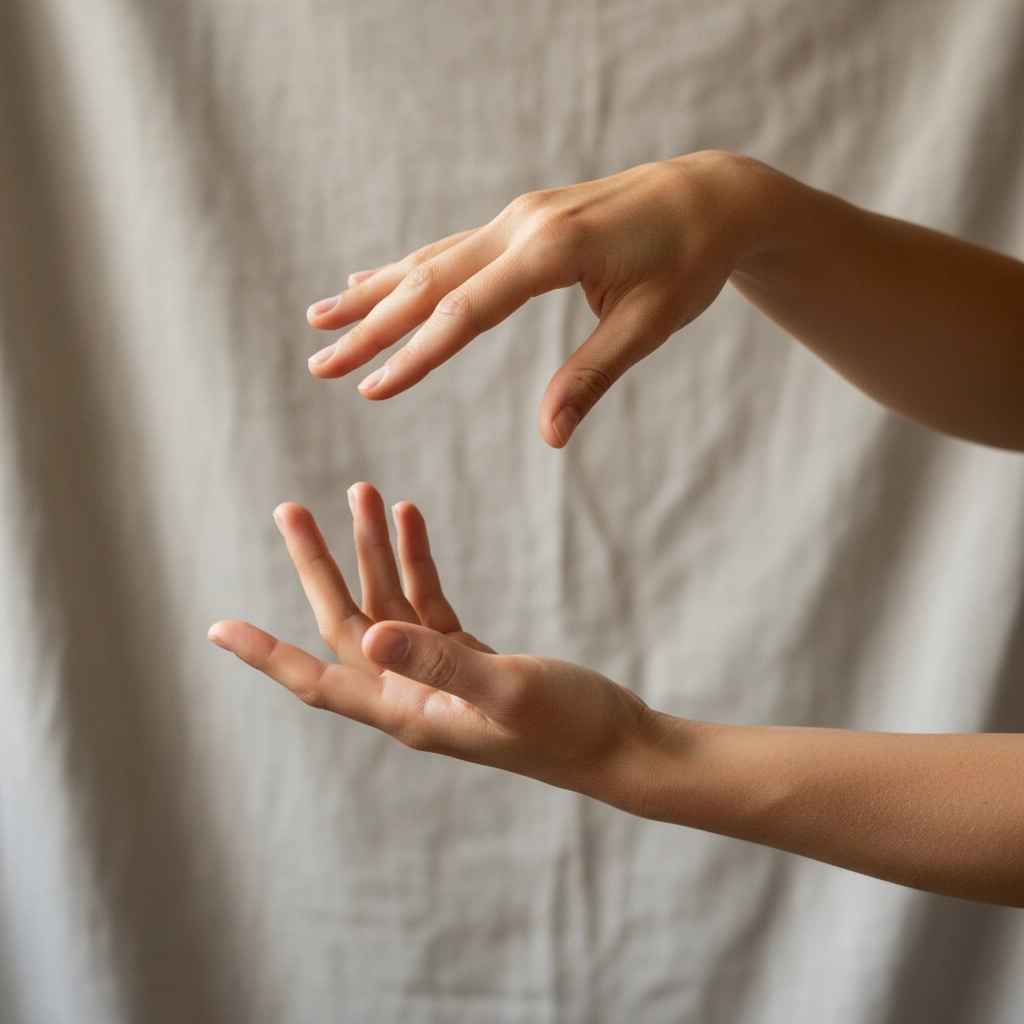The Neuroscience of Chronic Pain, Anxiety, and Recovery
- Joana

- Nov 7
- 2 min read
Updated: Nov 12
Your brain predicts to protect. When life loads the system with injury, stress, or overwhelm, threat detection can stay “on,” pushing the body into persistent muscle bracing, shallow breathing, and hypervigilance. Over time this raises allostatic load, sensitizes pain networks, and narrows attention—what many people experience as being “stuck.”
This article explains, in plain science, how the nervous system shifts from stuck states back to flexible flow—and why that shift often eases chronic pain and anxiety.
The anatomy of “being stuck in pain”
Stuck states reflect persistent threat-biased predictions and reduced state flexibility. Common signatures include:
Heightened sympathetic drive (fight/flight): tightness, racing thoughts, vigilance
Dorsal shutdown (freeze/collapse): numbness, low energy, disconnection
Central sensitization: amplified pain signaling without new tissue damage
Impaired interoception: dulled ability to sense internal states

These patterns are adaptive short term. Problems arise when the system can’t transition fluidly among states.
Why Symptom-Only Strategies Miss the Mark
Treating isolated symptoms without addressing state regulation and predictive processing yields transient effects. Durable change comes from restoring flexible state transitions and reducing threat-biased predictions in the brain.
The Science of Flow
Your autonomic nervous system (ANS) coordinates energy and safety. The polyvagal framework describes three broad response modes: social engagement (ventral vagal), mobilization (sympathetic), and immobilization (dorsal). Health is not a single state; it’s the capacity to move between states as needed, with rapid recovery.

Pain and anxiety both reflect protective predictions. When contexts, sensations, and memories are persistently tagged as unsafe, the brain upregulates protective outputs—more guarding, more pain, more anxious arousal. Recalibrating those predictions reduces unnecessary protection.
Moving from Stuck to Flow: Four Evidence-Grounded Principles
Acceptance reduces noise
Meeting sensations as information (not enemies) lowers prediction error and cortical “danger” flags, easing ANS load and clarifying interoception.
Breath tunes autonomic tone
Unforced, slightly longer exhales and better CO2 tolerance favor vagal influence, support heart–breath coordination, and downshift arousal.
Gentle, graded movement updates brain maps
Slow, comfortable exploration refines sensorimotor maps, reduces co-contraction, and improves confidence in movement—often lowering pain via decreased threat prediction.

Attention training rebalances prediction
Tracking subtle internal signals (interoception) and broadening external focus (exteroception) help the brain generate more accurate, less threat-biased models.
The Hidden Cost of Suppression
Chronic inhibition of natural emotional and defensive responses consumes metabolic resources and elevates allostatic load. Suppressed expression correlates with higher inflammatory tone, disrupted sleep, digestive issues, and cognitive fog.
The Ripple Effects of Flow
As state flexibility returns, people commonly report clearer thinking, steadier mood, easier movement, and reduced pain intensity and interference. This isn’t perfection; it’s resilience—the ability to shift, recover, and engage.
A Short Practice to Close
Try this two-minute nervous system reset:
Notice three body sensations without changing them (temperature, pressure, subtle movement). Name them silently.
Take three easy breaths with relaxed jaw and shoulders; let the exhale be 1–2 seconds longer than the inhale.
Make one slow, pain-free movement (for example, a small neck turn or shoulder roll). Stop before effort. Sense what changed.
Note: Adapt to your level of comfort
Want to experience this with guidance? Book a session now and feel it for yourself


Comments